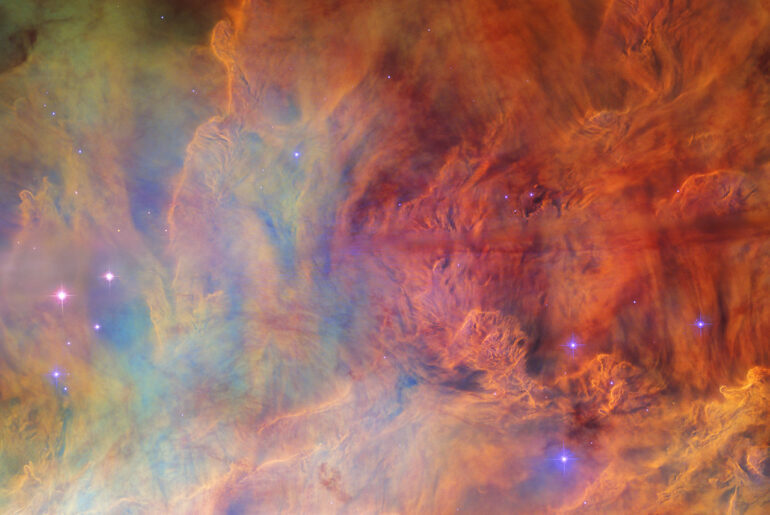
NASA / ESA’s Hubble Space Telescope captures NGC 6530, a cosmic cloud speckled with stars in the constellation of Sagittarius located approximately 4,350 light-years from Earth. This cluster is actually set within the larger Lagoon Nebula, or massive interstellar cloud of gas and dust.

When Hubble previously observed the Lagoon Nebula several times, it had a distinctly smoky appearance caused by clouds of interstellar gas and dust that stretch from one side of the image to the other. Astronomers used Hubble’s Advanced Camera for Surveys and Wide Field Planetary Camera 2 for further observations in search of new examples of proplyds, a particular class of illuminated protoplanetary discs surrounding newborn stars.
- POWERFUL TELESCOPE FOR ASTRONOMY BEGINNERS: The Celestron AstroMaster 130EQ Newtonian reflector is ideal the telescope for beginners. It features...
- NEWTONIAN REFLECTOR OPTICAL DESIGN: With a large, 130mm aperture, the AstroMaster 130EQ can gather enough light to see our Solar System and beyond....
- EASY TO SET UP AND USE: This is a great telescope for kids and adults to use together. It features a manual German Equatorial mount for smooth and...
Hubble’s ability to observe at near-infrared wavelengths – particularly with Wide Field Camera 3 – have made it an indispensable tool for understanding star birth and the origin of exoplanetary systems,” said NASA.







